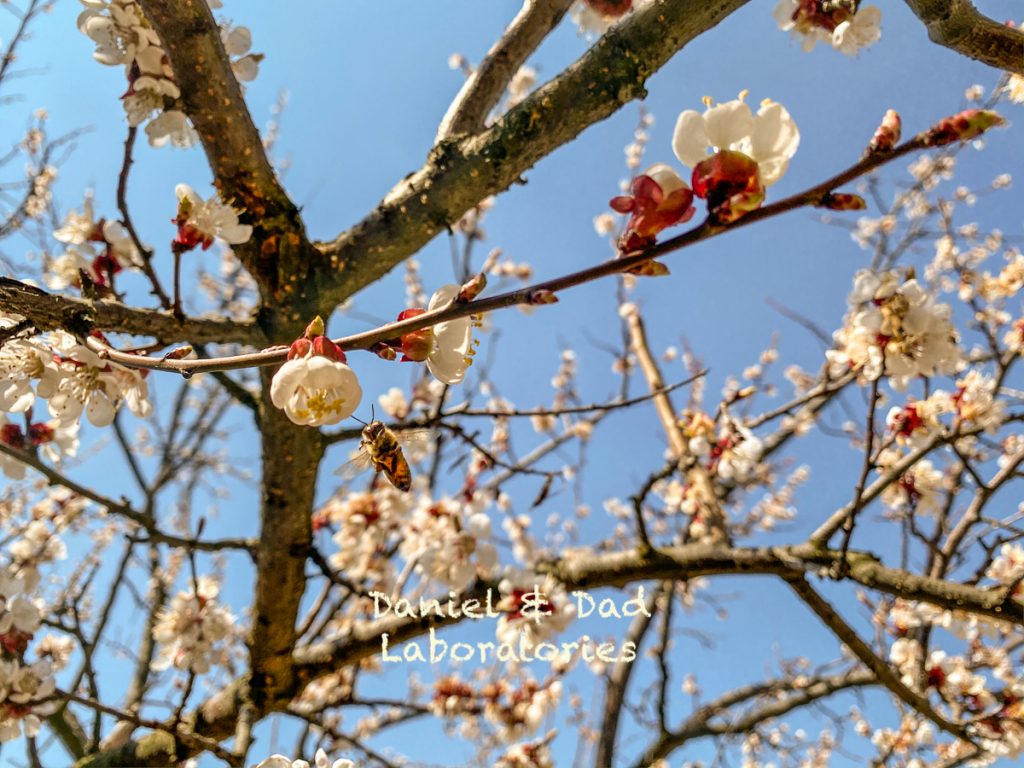Bees play a vital role in pollinating plants and crops outdoors Their existence intrinsically links to the natural spaces they inhabit, Understanding bees’ connection to the outside environment can help us protect these essential pollinators
Bees Rely on Natural Habitats
Bees nest, forage, and reproduce almost exclusively in outdoor settings. Different bee species have adapted to various habitats:
-
Honeybees build hives in hollow trees, rock crevices, abandoned rodent nests, and manmade hives.
-
Bumblebees nest underground in abandoned rodent burrows and holes Some occupy small cavities above ground,
-
Mason bees nest in holes in dead trees or branches, rock walls, or beetle tunnels in wood.
-
Leafcutter bees nest in insect burrows in dead trees or branches left on the ground.
-
Mining bees dig narrow burrows in bare soil Others occupy shallow depressions in the ground
-
Carpenter bees drill nesting tunnels into dead wood, tree trunks, and structural timbers.
Bees gather the nectar and pollen they need to survive from flowering plants outdoors. They favor native wildflowers, herbs, shrubs, trees, grasses, and agricultural crops. Bees rarely find adequate food indoors.
Threats from Urbanization
As natural areas are replaced by roads, buildings, and manicured landscaping, bees’ habitats shrink. Clearing forests and meadows removes vital food and nesting resources. Bees’ populations decline when their complex ecological relationships are disrupted.
Urbanization often fragments bee habitats into small, isolated patches. But bees require continuous routes to move safely between food sources and nesting areas. Fragmented landscapes hinder genetic diversity when bee colonies become isolated from each other.
Expanding cities also spread pollution. Contaminants in soil and water harm bee larvae. Flowers in urban areas may contain lower quality pollen and nectar too.
Providing Habitat in Backyards and Parks
Though not a substitute for larger natural areas, backyard and community gardens can provide oases for urban bees. You can support bees with:
-
Native plants selected for continuous bloom from spring through fall. Diverse flowers provide more pollen and nectar options.
-
Mulched beds and areas of bare soil for ground-nesting bees.
-
Water sources like fountains, ponds, or birdbaths for drinking and collecting mud.
-
Hollow sticks or bee housing made of untreated wood for nesting.
-
Rock piles, unmowed wild patches, dead trees, and leaf litter for shelter.
Avoid pesticides and insecticides which taint pollen and poison bees. Ensure urban green spaces remain connected to larger natural areas nearby so bees can access them.
The Need for Larger Habitat Conservation
Backyard gardens help, but most bee species rely on expansive natural landscapes. Large protected wildflower prairies and forests offer ideal bee habitats. Development quickly eliminates these habitats.
Preserving meadows, forests, riparian buffers, and wetlands through parks, reserves, and private land conservation should be a priority. These spaces give bees the room they need to forage, disperse between sites, and find appropriate nesting substrates.
Organic farms that avoid pesticides and maintain wildflower hedgerows provide vital food sources and nesting areas for bees. Federal programs that pay farmers to take land out of production and plant pollinator habitat also help bees thrive.
Though small urban pockets support some bees, conserving extensive natural areas is most critical for bees’ survival. Outside in vast wild spaces away from cities is where bees can find the homes and food they need to flourish.

